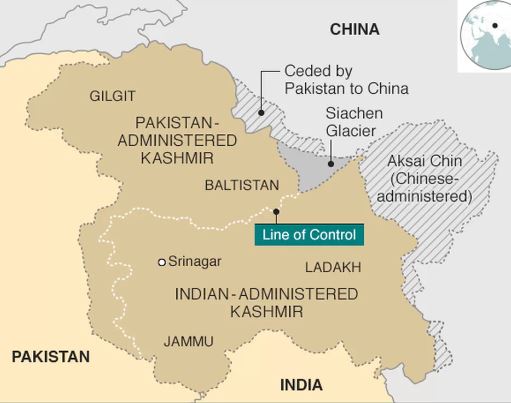7667766266
enquiry@shankarias.in
National Animal Disease Control Programme (NADCP)
K2-18b
Salmonella
Pangong Tso lake

Source: PIB, The Indian Express